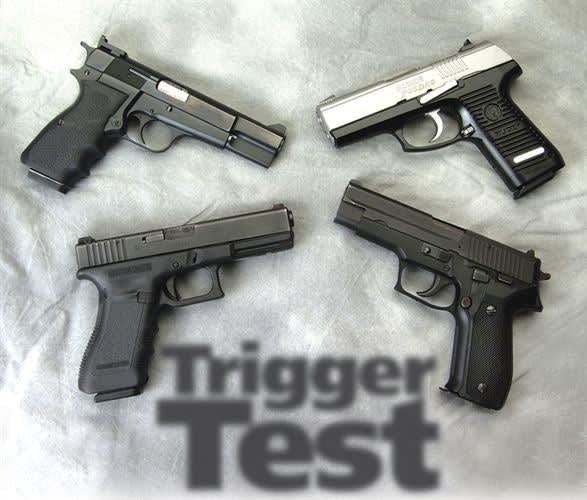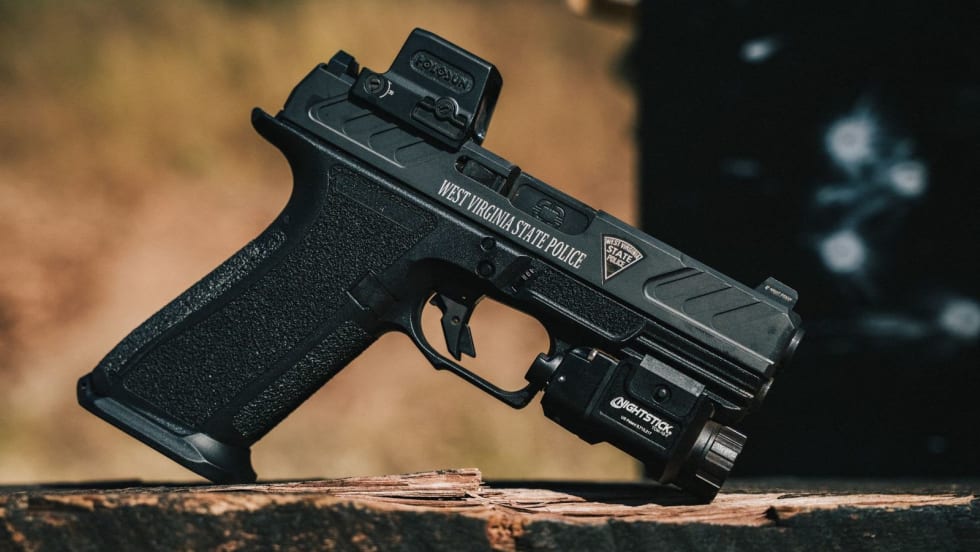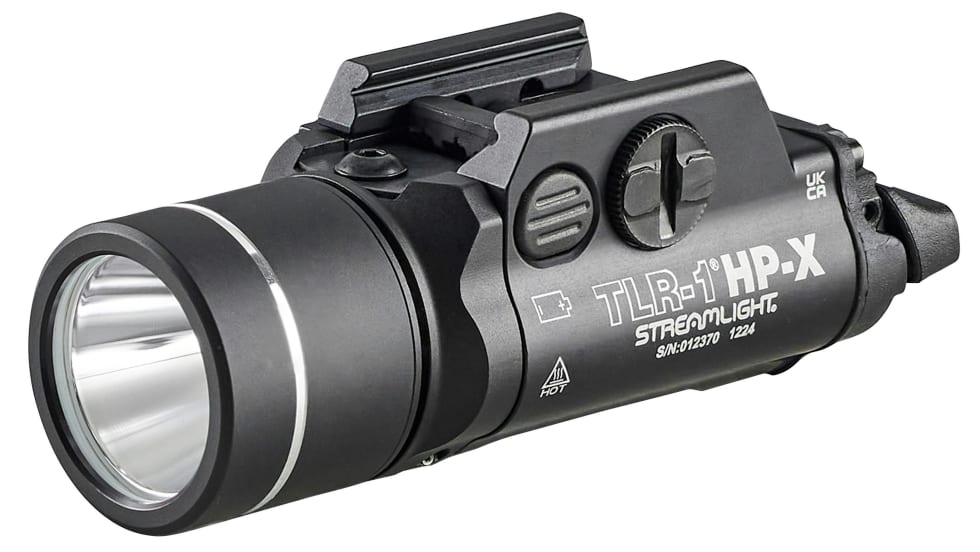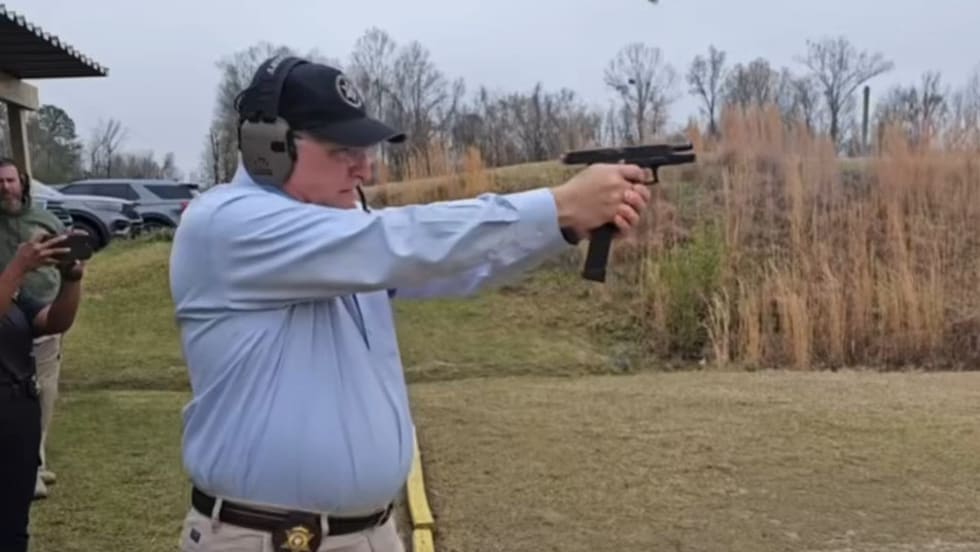In general, before 1929 all semiauto pistols were operated with a single-action trigger mechanism. Even though these guns had some form of external safety, they were designed to be carried with an empty chamber and a round was only chambered prior to the handgun being fired. This made them less than suitable as everyday police weapons.
In 1929, Walther introduced the first practical semiauto pistol with a selective double-action/single-action trigger. This mechanism allows the first shot to be fired by a long, double-action revolver-like trigger stroke while subsequent shots are fired with a lighter single-action pull. Walther was onto something mechanically, but its lackluster .32 and .380 pistols were not popular with police on this side of the Big Pond, and, in the United States, the revolver remained the king of law enforcement sidearms.
This began to change in the early 1950s when S&W introduced its Model 39. The Model 39 was not only the first American-made pistol with a Walther-like double-action/single-action trigger system; it was also the first US-made pistol chambered for the 9mm Parabellum cartridge. Throughout the '50s, '60s, and '70s, the popularity of these pistols with military, police, and civilian shooters grew steadily and soon every major manufacturer was offering one. Double-action/single-action pistols were the original choice of most American police when they began switching to self-loading pistols. But just when the place of the double-action/single-action pistol seemed secure, a new trend arose: the striker fired "Safe Action" pistol.
The "Safe Action" pistol owes its popularity to Gaston Glock. While his revolutionary Glock 17 was most notable for its use of a polymer frame, the pistol's success was due far more to its trigger than its frame material. Firing the Safe Action pistol requires a stroke that is shorter than the traditional double-action but longer and heavier than that of a single-action pistol. Glock's multiple passive safeties also eliminated the necessity for external safety levers and provided a much simplified manual of arms. This made it much easier to train new shooters, and it was perfect for American police agencies transitioning from revolvers to semiautos. Today, most major pistol makers offer guns that use variations of the Safe Action trigger mechanism.
Now, nearly 20 years after the development of the Safe Action pistol, the latest trend in semiautos is the double-action-only trigger mechanism. This type of mechanism requires a long, revolver-like trigger pull to fire each shot, and proponents feel it is the most practical-and liability-free-type of trigger for police duty pistols.










